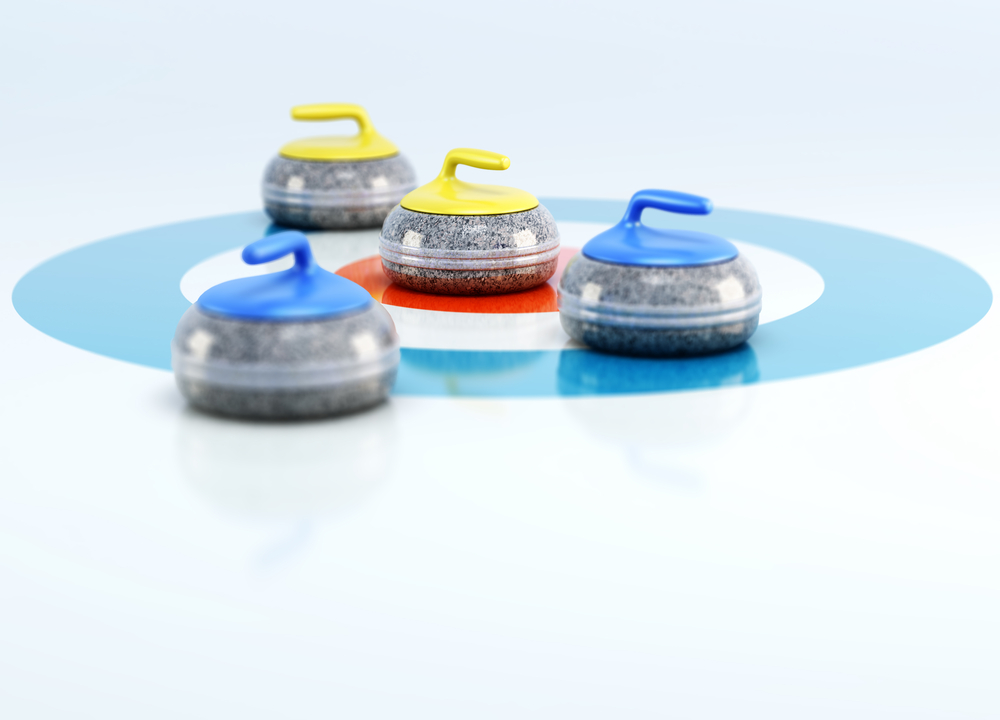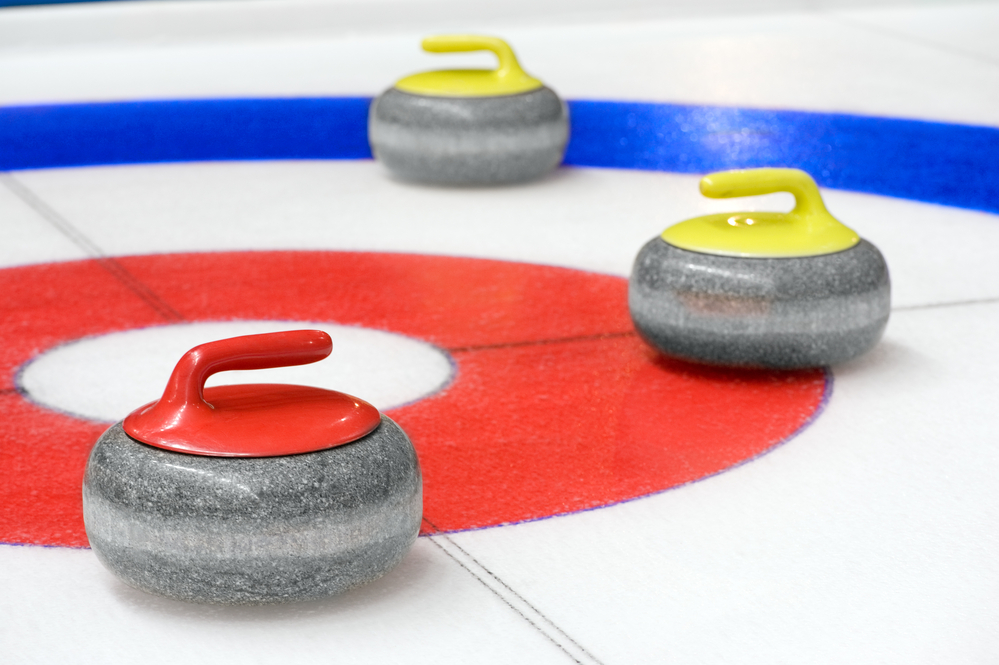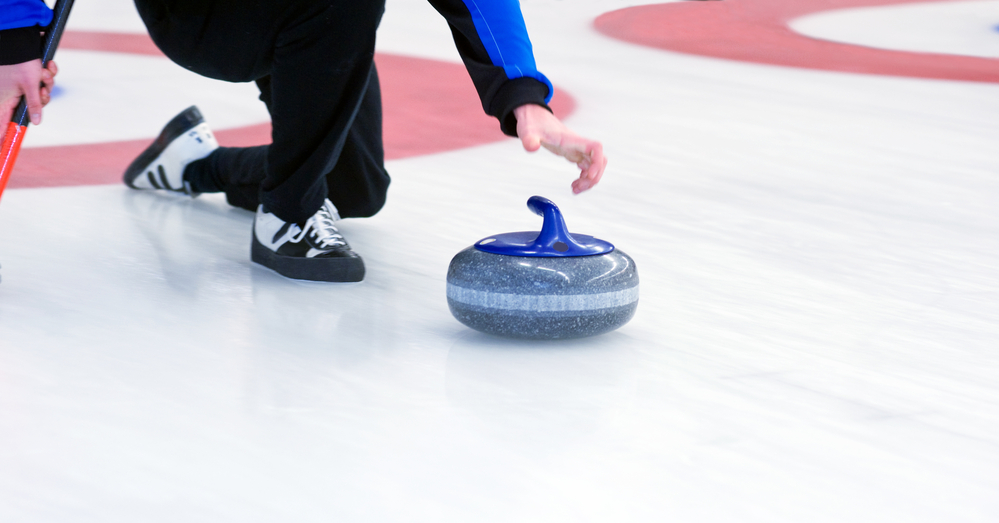The aim of a draw shot in curling is to position a stone accurately within a specific area without dislodging any other stones. It’s a delicate balance of strategy, finesse, and teamwork, as the player relies on their teammates’ sweeping prowess to influence the stone’s path and final placement. In fact, there are even different types of draw shots that are used in different situations.

Weight Control: Key to Success
One critical element in executing a successful draw shot is weight control. Weight refers to the momentum or force a player applies when releasing the stone. Taking into account factors like ice conditions, the stone’s trajectory, and the desired curl, players must manage the weight of their throw with precision.
- Weight control refers to a player’s ability to put more or less momentum into their shots.
- Draw shots are typically more gentle than other shots, so they require finesse.
- The conditions of the ice may affect how much force is needed for a precise draw shot.
The weight of a draw shot is typically lighter than other types of shots, such as takeouts or hits. Delivering the stone with a lighter weight ensures that the stone will not disturb other stones in play, but instead will settle in the desired position.
Sweeping: A Team Effort
Sweeping plays a significant role in the success of a draw shot. Teammates must work together to sweep the ice in front of the stone, which alters the surface and reduces friction. This helps the stone glide more smoothly and travel further, allowing the team to guide it to the desired location.
- Proper sweeping is essential for an accurate draw shot.
- Sweeping the ice allows the stone to travel further.
- The thrower must communicate with the sweepers to help guide their shot.
Effective communication is vital in this process. The person delivering the stone, known as the thrower, must communicate with the sweepers about the weight and direction of the stone. The sweepers then use this information to determine the intensity and duration of their sweeping.
Types of Draw Shots
There are several variations of draw shots that players can use, each with its own strategic purpose. Here are some common draw shots you may encounter in a game of curling:
The Guard
A guard is a type of draw shot that stops short of the house, the circular target area. Guards are strategically placed to protect the team’s stones within the house, making it more challenging for the opposing team to remove them. Guards can also block the opponent’s path, forcing them to take a more difficult shot.
The Freeze
The freeze is a highly precise draw shot where a player aims to place their stone directly against an opponent’s stone. The goal is to make it difficult for the opposing team to remove the frozen stone without disturbing their own stone. The freeze requires excellent weight control and sweeping, as the stone must come to rest gently against the other stone without displacing it.
The Come-Around
In a come-around draw, the player aims to curl their stone around a guard, hiding it behind the protective barrier. This shot is useful for setting up offensive opportunities or making it more difficult for the opponent to access the team’s stones in the house.
The Tap-Back
The tap-back is a draw shot that gently moves another stone further back in the house. The goal is to reposition the stone while keeping it in play, often to create a more favorable arrangement of stones in the house. This shot requires a delicate touch and precise weight control to ensure that the tapped stone does not leave the playing area.
Mastering the Draw Shot
While the draw shot may seem simple on the surface, it’s a skill that requires practice and precision to master. Players must develop a keen sense of weight control and learn to work closely with their teammates, fostering effective communication and collaboration. By refining these skills and understanding the various types of draw shots, a curling team can significantly improve their strategic game and increase their chances of success on the ice.


